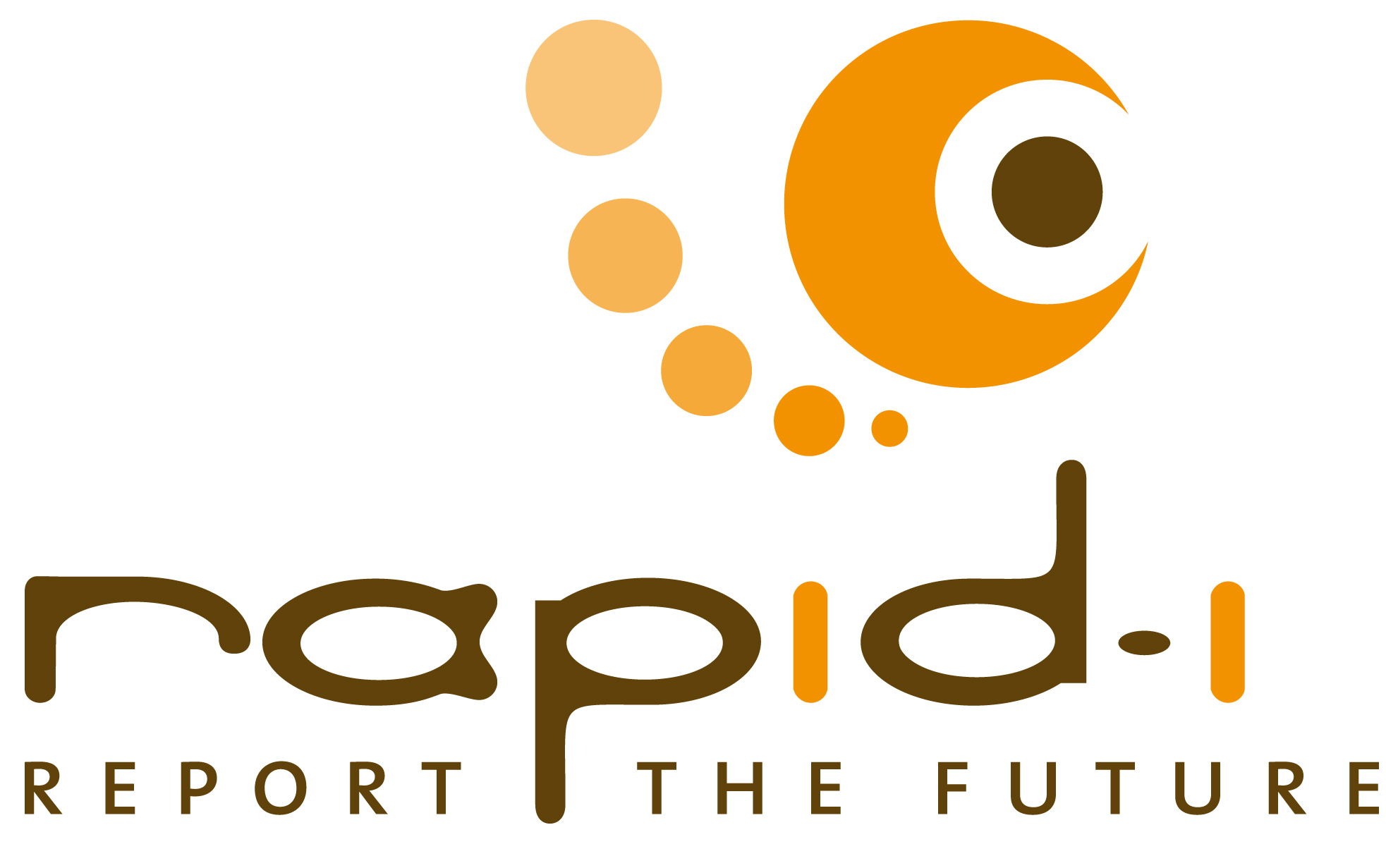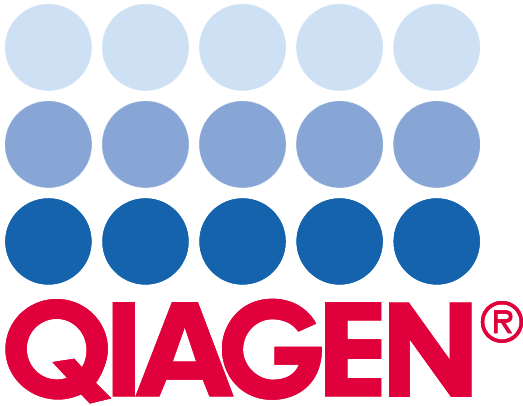

Keynotes
We are proud to have- Prof. Dr. Kristian Kersting (Fraunhofer IAIS)
- Prof. Dr. Johannes Fürnkranz (TU Darmstadt)
- Prof. Dr. Petra Perner (ibai)
- Prof. Dr. Benno Stein (Bauhaus-Universität Weimar)
 Prof. Dr. Kristian Kersting (Fraunhofer IAIS) |
Prof. Dr. Kristian Kersting - High Throughput Phenotyping: A Big Data Mining Challenge
Understanding the adaptation process of plants to (a)biotic stress
is essential in improving management practices, breeding
strategies as well as engineering viable crops for a sustainable
agriculture in the coming decades. Hyper-spectral imaging provides
a particularly promising approach to gain such understanding since
it allows to discover non-destructively spectral characteristics
of plants governed primarily by scattering and absorption
characteristics of the leaf internal structure and biochemical
constituents. Unfortunately, high troughput phenotyping by
hyper-spectral imaging also presents unique computational problems
in scale and interpretability. It is a temporal, large-scale data
mining task since plants are monitored over time generating
hyper-spectral data cubes over time. And, features are 'things'
with a 'biological' meaning and not just mathematical abstractions
computable for any data.
|
 Prof. Dr. Johannes Fürnkranz (TU Darmstadt) |
Prof. Dr. Johannes Fürnkranz - Preference Learning by Pairwise ComparisonsPreference Learning is a recent learning setting, which may be viewed as a generalization of several conventional problem settings, such as classification, multi-label classification, ordinal classification, or label ranking. In this talk, I will give a brief introduction into this area and then focus on the learning by pairwise comparisons approach. From a machine learning point of view, this approach is especially appealing as it decomposes complex prediction problems into a number of simpler learning problems, each one comparing a particular pair of options. Its main advantages lie in the simplicity of the decision boundaries of the resulting binary learning problems, as well as in the flexibility in the choice of an aggregation function which allows to minimize different loss functions without the need for re-training. At first sight, a key disadvantage seems to be the large number of resulting classifiers (one for each pair of labels), but it can be shown that training and testing time can be reduced to (almost) linear in the number of labels, so that large problems may be tackled efficiently. |
 Prof. Dr. Petra Perner (IBaI) |
Prof. Dr. Petra Perner - Case-Based Reasoning and the Statistical ChallengesCBR solves problems using the already stored knowledge, and captures new knowledge, making it immediately available for solving the next problem. Therefore, case-based reasoning can be seen as a method for problem solving, and also as a method to capture new experience and make it immediately available for problem solving. It can be seen as a learning and knowledge-discovery approach, since it can capture from new experience some general knowledge, such as case classes, prototypes and some higher-level concept. The idea of case-based reasoning originally came from the cognitive science community which discovered that people are rather reasoning on formerly successfully solved cases than on general rules. The case-based reasoning community aims to develop computer models that follow this cognitive process. For many application areas computer models have been successfully developed, which were based on CBR, such as signal/image processing and interpretation tasks, help-desk applications, medical applications and E-commerce product-selling systems. In this talk we will explain the case-based reasoning process scheme. We will show what kind of methods are necessary to provide all the functions for such a computer model. We will develop the bridge between CBR and Statistics. Examples will be given based on signal-interpreting applications. Finally, we will show recent new developments and we will give an outline for further work. |
 Prof. Dr. Benno Stein (Bauhaus-Universität Weimar) |
Prof. Dr. Benno Stein - The Web as a Corpus
TBA |


